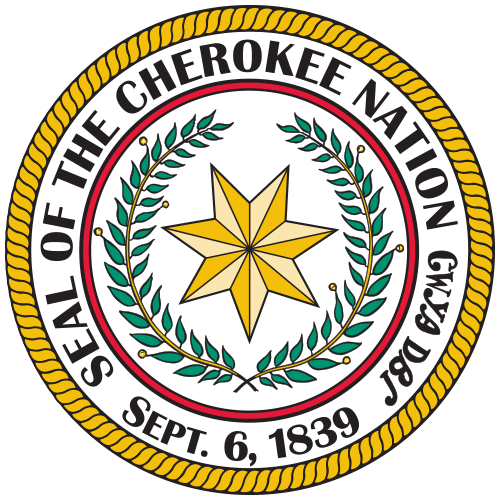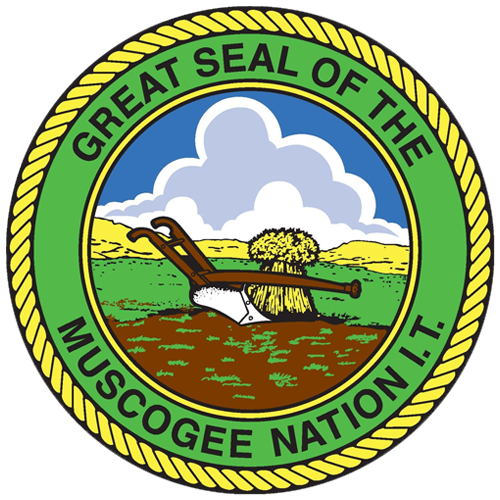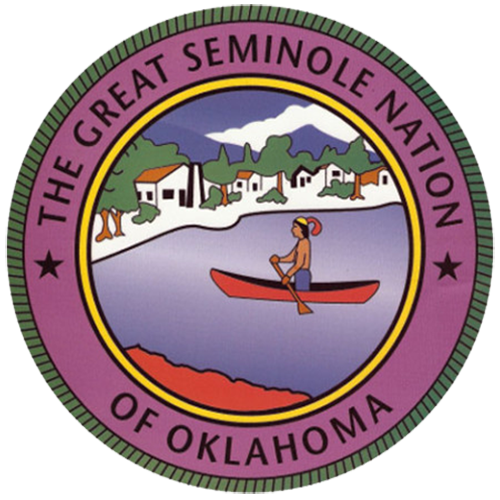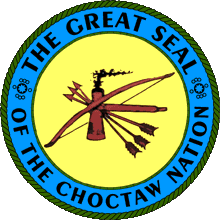




- Home
- Five Civilized Tribes
-
Council Documents
- Council Minutes
-
Resolutions
- Resolutions 1995
- Resolutions 1996
- Resolutions 1997
- Resolutions 1998
- Resolutions 1999
- Resolutions 2000
- Resolutions 2001
- Resolutions 2002
- Resolutions 2013
- Resolutions 2014
- Resolutions 2015
- Resolutions 2016
- Resolutions 2017
- Resolutions 2018
- Resolutions 2019
- Resolutions 2020
- Resolutions 2021
- Resolutions 2022
- Resolutions 2023
- Resolutions 2024
- Document Templates
Choctaw Seal

An unstrung bow, encompassing three arrows and a smoking pipe-hatchet, symbolizes history and tradition of the Choctaw Indians ··· Peaceable by nature, the Choctaws smoked their pipe-hatchets (or tomahawks), as they sat in solemn deliberation around council fires. ··· The three arrows symbolize the three great Choctaw Chiefs - Apuckshunnubbee, Pushmataha, and Mosholatubbee - who signed the Treaty of Doaks Stand (1820), by which the United States assigned the tribe a vast domain west (all of Southern Oklahoma) for a part of the Choctaw land in Mississippi. Ten years later when the Choctaws gave up all the rest of their old home country in Mississippi and moved west, they divided the new land into three districts, and each district was named for one of these great chiefs ···
Though peace-loving, the Choctaws speedily would string their bows and staunchly set forth to defend themselves if they were provoked ··· Pushmataha embodied the nature of the tribe. He was the tribal hero and statesman who, when challenged, became the tribal leader in war ··· Provision was made for this seal at the noted Choctaw convention at Doaksville in 1860. This seal was used on all official papers of the Choctaw Nation until 1907, when the Indian and Oklahoma territories united as the State of Oklahoma.
References: Muriel H. Wright, "The Great Seal of The Choctaw Nation," The Chronicles of Oklahoma, Volume XXXIII (Winter 1955-56).